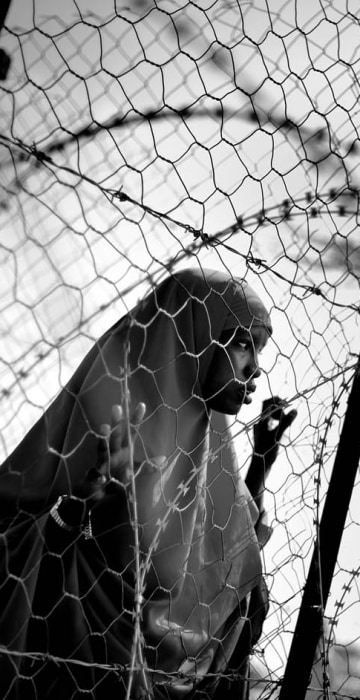
World
Refugees flee drought, war in East Africa

East Africa's 'climate refugees'
Ahead of the global climate talks in December 2009, nine photographers from the photo agency NOOR photographed climate stories from around the world. Their goal: to document some of the causes and consequences, from deforestation to changing sea levels, as well as the people whose lives and jobs are part of the carbon culture.
A woman waits to be processed into Dadaab, the world's largest refugee camp. Located in Kenya 55 miles from the Somali border, the overcrowded camp houses many people fleeing violence in Somalia. Others have fled their homes due to famine and severe drought, a category now being described as "climate refugees."
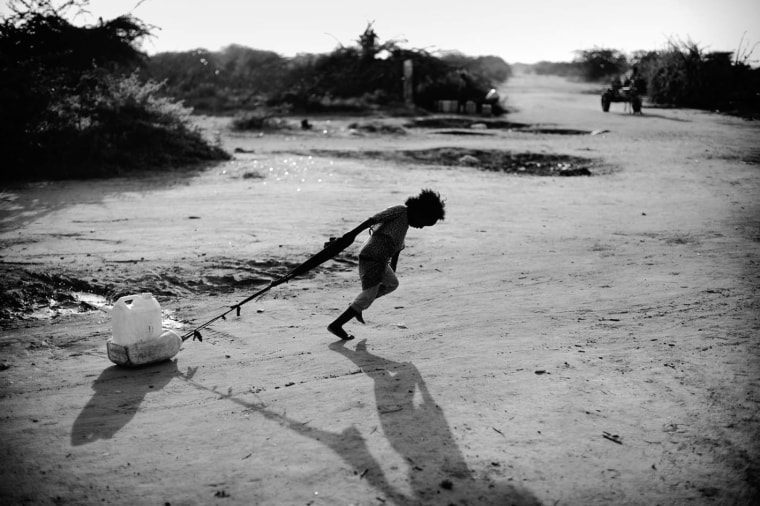
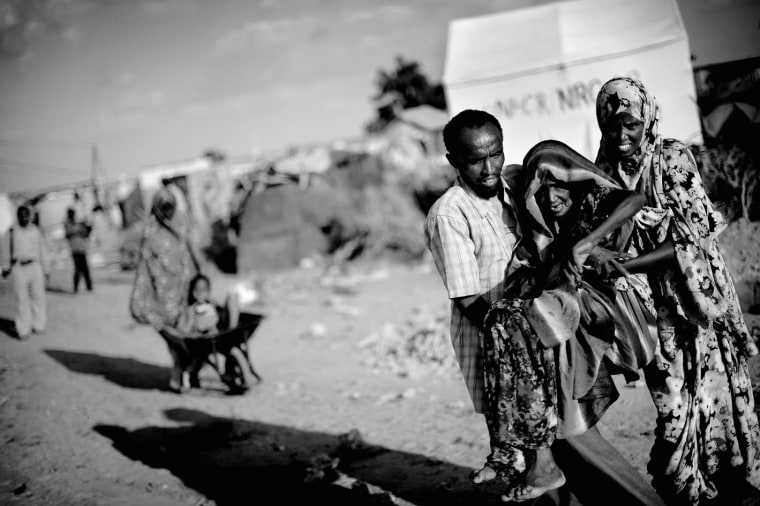
Ethiopians fleeing famine and drought in their country arrive in Galkayo, northern Somalia. Many of these refugees are trying to get to Yemen. The drought is so severe in Ethiopia that even camels have been dying of thirst.
Across Africa, warming temperatures are expected to worsen droughts and access to water. "By 2020, between 75 million and 250 million people are projected to be exposed to increased water stress due to climate change," the U.N. panel on climate change wrote in its most recent assessment. "The area suitable for agriculture, the length of growing seasons and yield potential, particularly along the margins of semi-arid and arid areas, are expected to decrease."
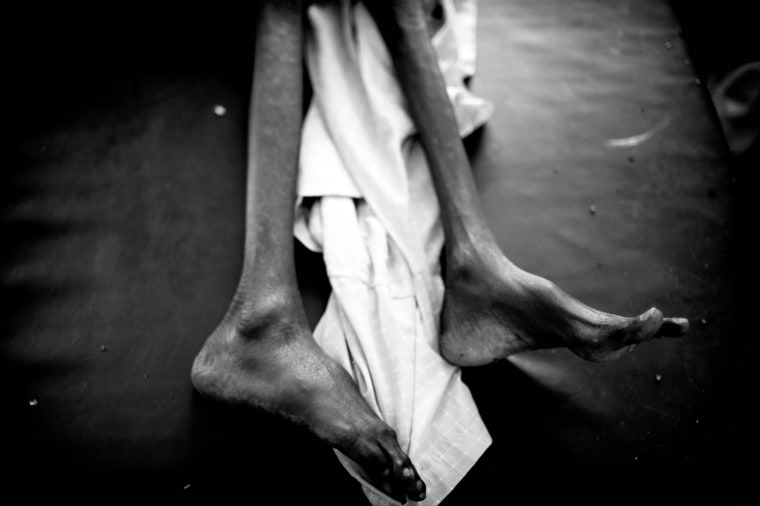

Newly arrived refugees from Somalia and Ethiopia wait to be registered at the U.N. offices at Dadaab. Refugees without registration are not given any help.
Kenya closed its border with Somalia in 2007, but that has not stopped the refugee influx.
For more information on this project go to Consequences by NOOR
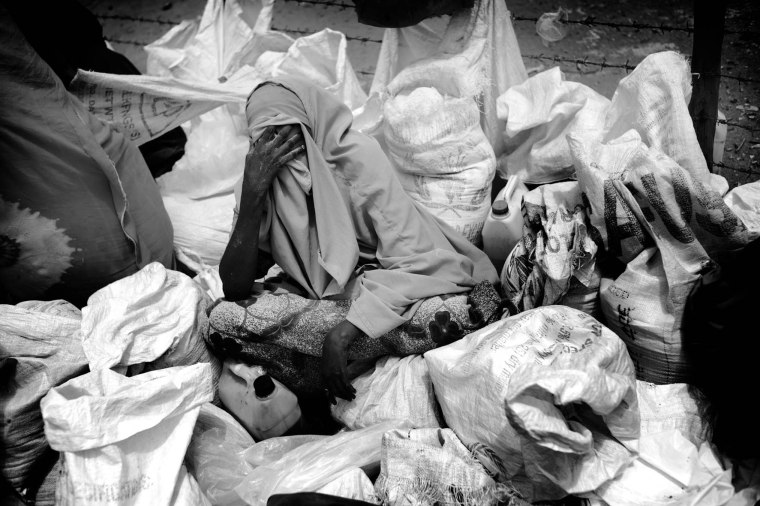
Women wait for food to be distributed at Dadaab. While most refugees here come from other countries, Kenya itself is feeling the pressure of severe drought.
"It is nearly certain that 2010 and possibly beyond will be periods of prolonged drought and water scarcity," the U.N. said of Kenya in October 2009.
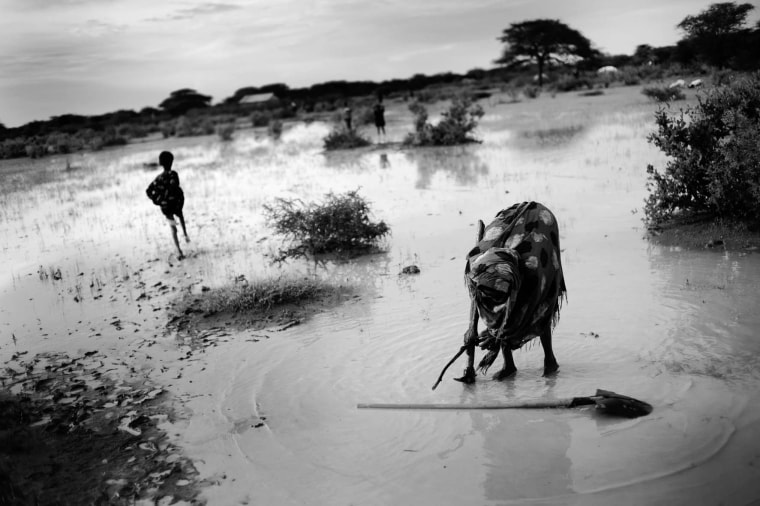
Somalis regularly cross this area into Kenya, bribing border guards in order to make it to Dadaab. In 2009, some 4,000 refugees made their way each month to the camp.
While parts of the Horn of Africa are experiencing severe drought, this area saw severe flooding that only aggravated poor farming conditions.
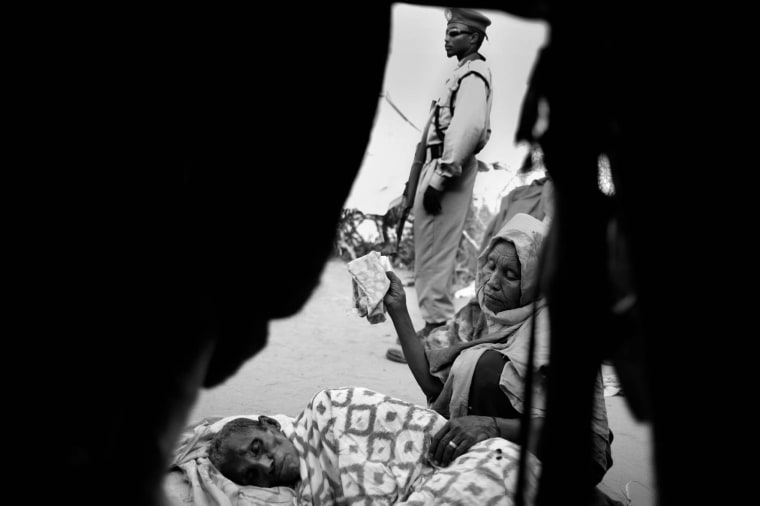
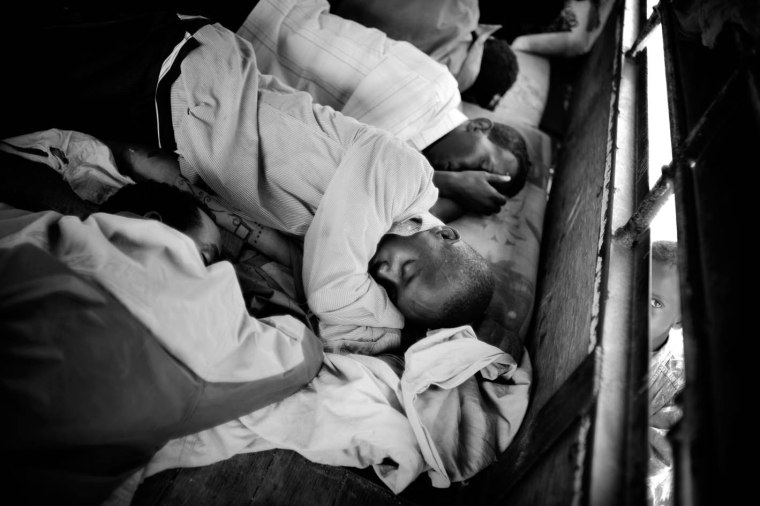
Somali and Ethiopian refugees arrive in Aden, Yemen, after crossing the Gulf of Aden on smugglers' boats. Some die on the way, beaten to death or thrown overboard. Tens of thousands cross each year, hoping for a better life but often being deported back to Somalia or Ethiopia.
Share your thoughts about these slideshows and climate change.
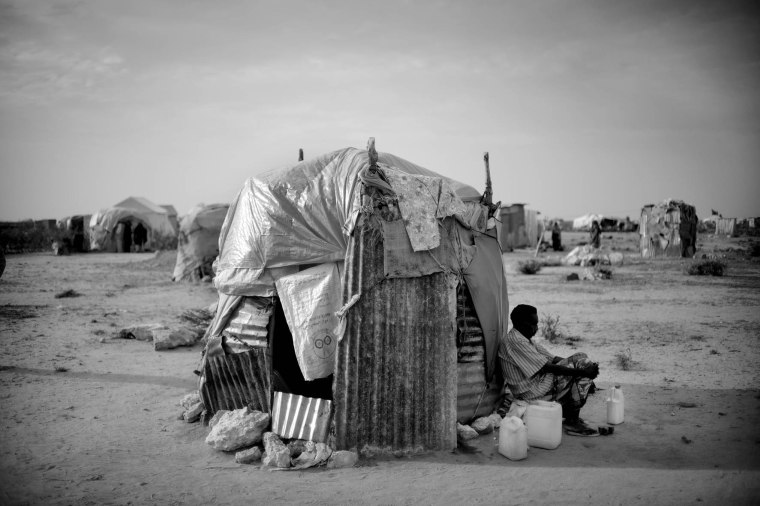
Ethiopian refugees in Galkayo build ramshackle huts while waiting to move on toward Yemen. The town in northern Somalia includes several U.N. refugee camps.
For more information on this project go to Consequences by NOOR